The photo adapter size you need depends on your camera’s sensor dimensions and your microscope’s eyepiece magnification. For best results, match a 1/2″ sensor with a 0.5x adapter when using a 10x eyepiece, or a 1/3″ sensor with a 0.67x adapter for a 20x eyepiece. Always verify compatibility with your microscope’s trinocular port and confirm the adapter has the standard 25.5mm male thread. Proper selection prevents vignetting and guarantees clear, properly scaled microscopy images.
Understanding Camera Sensor Sizes and Magnification Requirements
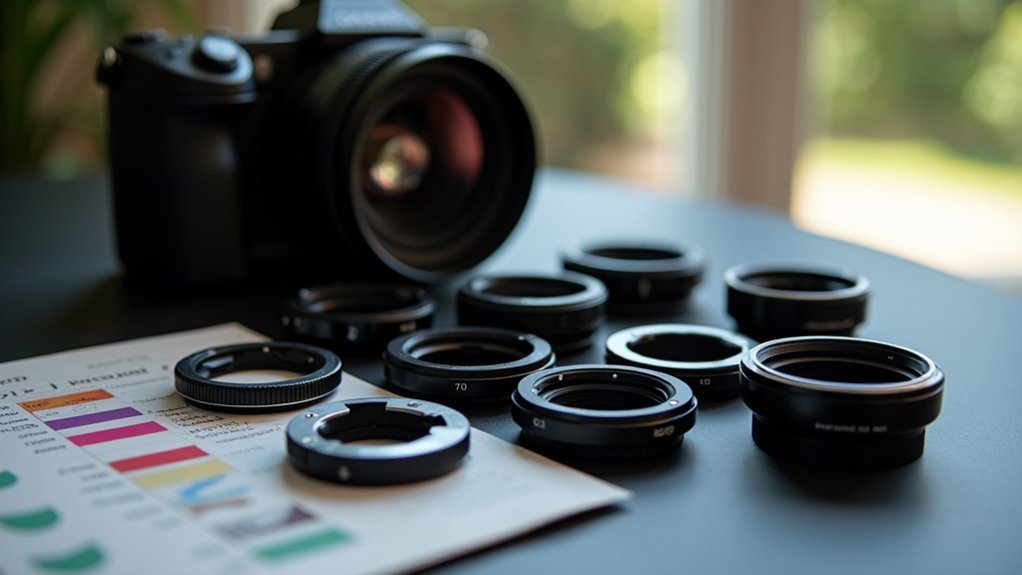
When selecting a photo adapter for your microscope, you’ll need to account for both your camera’s sensor size and the magnification requirements of your setup.
Properly matching your microscope photo adapter to both sensor dimensions and magnification needs ensures optimal image quality and field of view.
Common sensor sizes include full-frame (36mm x 24mm), APS-C (22.5mm x 15mm), and Micro Four Thirds (17.3mm x 13mm), each requiring different adapter configurations.
The magnification factor of your eyepiece directly determines the appropriate adapter size. For example, pairing a 10x eyepiece with a 1/2 sensor typically requires a 0.5x C-Mount adapter to maintain proper focus.
To calculate the right adapter size, consider the relationship between your sensor dimensions and eyepiece magnification.
Remember that using unnecessarily high magnification eyepieces may require more powerful adapters, potentially reducing your field of view.
Always verify that your chosen adapter’s standard 25.5mm thread matches your specific equipment.
Matching C-Mount Adapters to Your Microscope Brand
Three major considerations influence your C-Mount adapter selection: brand compatibility, thread specifications, and magnification requirements.
When choosing the right adapter for your microscope, you’ll need to verify it matches your specific equipment for ideal imaging results.
- Brand-specific options – Leading manufacturers like Leica, Zeiss, Nikon, and Olympus offer dedicated C-Mount adapters designed specifically for their microscopes.
- Standard threading – Verify your adapter has the standard 25.5mm male thread for proper camera compatibility.
- Older microscope solutions – Generic adapters may work with unsupported models, but always check trinocular port compatibility first.
- Magnification matching – Select an adapter that properly aligns your eyepiece magnification with your camera’s sensor size.
Remember that compatibility between your C-Mount adapter and microscope is essential for achieving clear, properly scaled images.
Calculating the Optimal Adapter Size for Your Camera
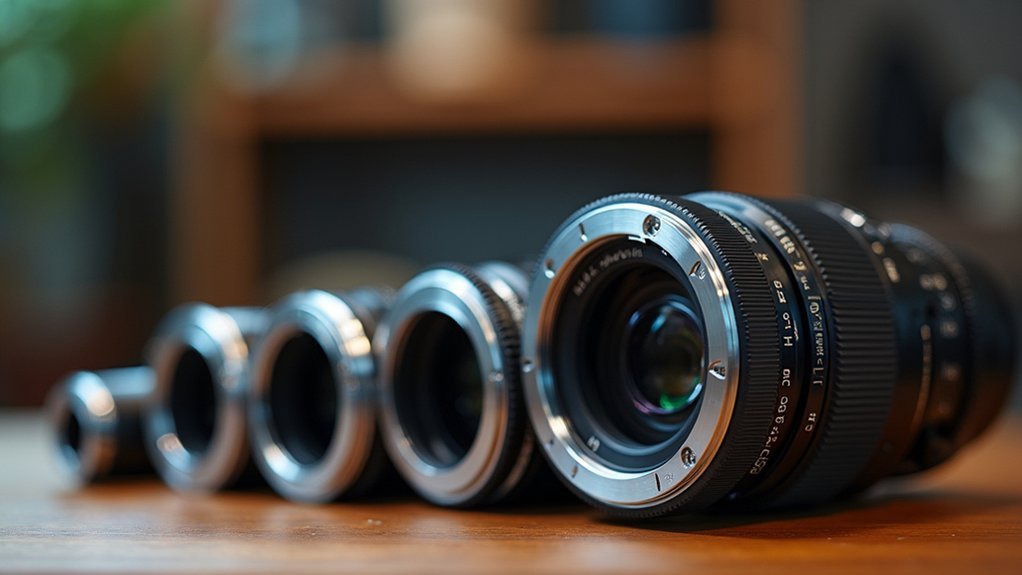
To calculate the ideal adapter size for your camera, you’ll need to take into account both your sensor dimensions and the specific lens mount type.
Your camera’s sensor size directly impacts the field of view and magnification when attached to microscopes or specialized lenses.
Ensuring compatibility between your lens mount (whether it’s Canon EF, Nikon F, or another standard) and your chosen adapter prevents fitting issues and preserves critical electronic functions like autofocus.
Sensor Dimensions Matter
Understanding your camera’s sensor dimensions is essential for selecting the right C-Mount adapter. Different sensor sizes (1/2″, 1/3″, 1/4″) require specific adapters to achieve ideal results. Your camera sensor directly determines the magnification adapter needed – larger sensors generally require higher magnification factors.
- Sensor size dictates adapter choice – A 1/2″ sensor typically needs a 0.5x adapter with a 10x eyepiece.
- Consider the crop factor – Larger sensors with smaller lenses may result in a narrower field of view.
- Match magnification appropriately – A 1/3″ sensor works well with a 0.67x adapter when using a 20x eyepiece.
- Prevent vignetting – Accurate calculations guarantee your images won’t have darkened corners or detail loss.
Selecting the correct adapter for your specific sensor dimensions guarantees sharp, properly framed microscope images without distortion.
Lens Mount Compatibility
Identifying your camera’s specific lens mount type serves as the essential first step in determining the right adapter size for microscopy applications. Different manufacturers use proprietary lens mounts, each with unique dimensions and specifications that directly impact adapter compatibility.
You’ll need to measure the flange focal distance of your camera—the precise gap between the lens mount and sensor—to guarantee proper focus when using an adapter. This measurement is critical because incorrect adapter thickness can prevent achieving infinity focus or cause focus issues.
When selecting an adapter, consider how it will affect your camera’s crop factor and effective focal length.
Remember that some adapters may limit electronic communication between your camera and lens, potentially disabling autofocus and automatic aperture control. Choose an adapter that supports your specific photography needs and lens configuration.
Common Compatibility Issues Between Microscopes and Digital Cameras
Compatibility challenges frequently arise when connecting digital cameras to microscopes, despite the standardization efforts in the industry. When selecting C-Mount adaptors, you’ll need to navigate several potential pitfalls to verify proper functionality.
Despite standardization efforts, connecting digital cameras to microscopes remains fraught with compatibility challenges requiring careful adaptor selection.
- Trinocular port incompatibility – Not all microscopes support generic adaptors, so confirm compatibility before purchasing.
- Eyepiece magnification factors – Your camera’s sensor size and eyepiece magnification directly determine which adaptor you need.
- Absence of trinocular ports – Some microscopes require eyepiece replacement adaptors, offering acceptable but less convenient imaging.
- Brand-specific requirements – Generic adaptors often underperform compared to dedicated options from manufacturers like Leica, Zeiss, Nikon, and Olympus.
Remember that standard C-Mount adaptors feature 25.5mm male threads, but this alone doesn’t assure compatibility with your specific microscope-camera combination.
When to Choose Specialized vs. Generic Photo Adapters
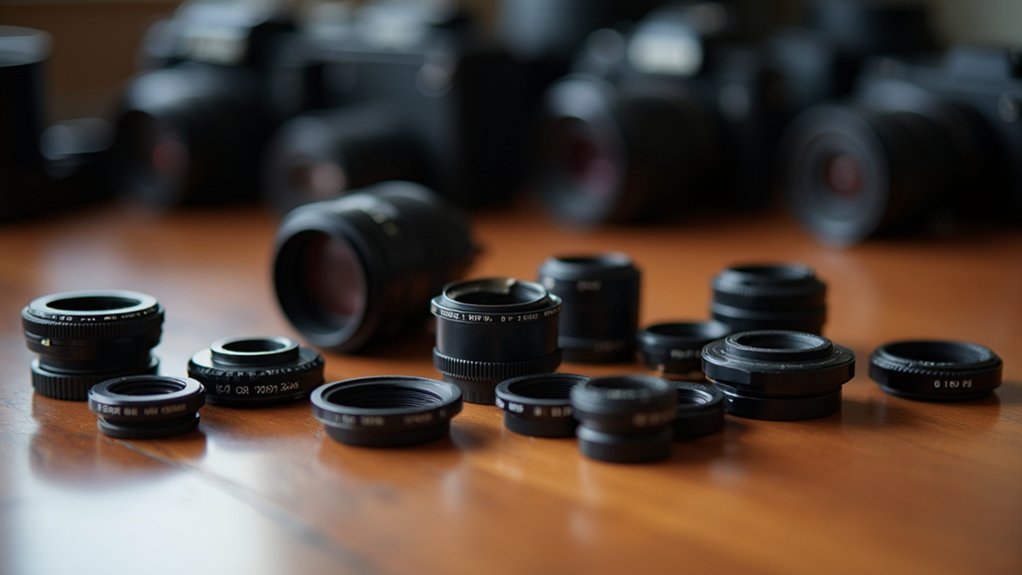
Specialized brand-specific adapters offer tailored electronic communication with your camera, enhancing autofocus precision and aperture control that generic options simply can’t match.
While you’ll pay more for these proprietary solutions, they deliver superior optical alignment and minimize vignetting issues that commonly plague universal adapters.
Your decision should ultimately depend on your imaging needs—choose specialized adapters for professional work requiring peak performance, but consider generic alternatives for experimental photography or when using older equipment on a budget.
Brand-Specific Benefits
While budget considerations often tempt photographers toward generic adapters, brand-specific photo adapters deliver significant advantages that justify their premium price point.
When you’re connecting valuable lenses to your camera body, these specialized adapters guarantee you’ll get the most from your equipment.
- Perfect compatibility – Brand-specific adapters are engineered for exact fit between your camera and lens combinations, eliminating guesswork.
- Enhanced communication – You’ll maintain critical electronic functions like autofocus and aperture control that generic adapters often can’t support.
- Superior image quality – Dedicated adapters preserve the optical performance of your lenses, avoiding quality degradation.
- Reliability – Brand-specific adapters provide consistent results without the manual adjustments or workarounds often needed with generic options.
For professionals and serious enthusiasts, these benefits make brand-specific adapters the smarter long-term investment.
Universal Adapter Limitations
Despite their tempting versatility, universal photo adapters come with significant drawbacks that can compromise your photographic results. While they fit multiple devices, they often sacrifice precision alignment, leading to reduced image quality and functionality issues.
You’ll find universal adapters lack the specialized optical elements necessary for maintaining image integrity across different camera systems. This shortcoming becomes particularly evident in professional settings where precision is paramount.
For peak performance, consider investing in dedicated adapters designed specifically for your camera-lens combination. These specialized options preserve critical features like autofocus and aperture control that generic adapters might disable.
Though universal adapters offer cost savings for older equipment, they’re rarely the best choice for high-end systems. When image quality matters, the limitations of one-size-fits-all solutions usually outweigh their convenience.
Testing and Troubleshooting Your Microscope Camera Setup
Once you’ve installed your photo adapter, how do you guarantee it’s working properly? Your C-Mount adaptor must match your microscope’s trinocular port for proper compatibility and ideal image quality. When issues arise, methodical testing is essential.
- Take test shots at different magnifications – if the image appears clear through eyepieces but blurry on camera, adjust the parfocal alignment of your C-Mount adaptor.
- Check for vignetting (dark corners) – this often indicates incompatibility between your adapter and camera sensor size.
- Verify focus consistency when switching objectives – proper adaptation maintains focus across magnification changes.
- Compare live view with captured images – discrepancies may reveal camera setting issues rather than adapter problems.
Troubleshooting systematically will help determine whether your adapter size is correct or needs replacement.
Frequently Asked Questions
How Do I Know What Lens Adapter I Need?
You’ll need to identify your camera’s mount type, measure the lens connection, check electronic compatibility, consider crop factor effects, and research your specific lens for any limitations with adapters.
What Size Is the C-Mount Adapter?
The C-mount adapter has a standard male thread size of 25.5mm. You’ll need to verify it’s compatible with your specific microscope’s trinocular port or eyepiece to achieve ideal imaging results.
Do Adapters Affect Image Quality?
Yes, adapters can affect your image quality. Basic adapters might introduce vignetting and distortions, while quality adapters with optical elements can maintain sharpness. Always guarantee proper compatibility between your lens and adapter for best results.
Do Adapters Change Focal Length?
Basic adapters don’t change your lens’s actual focal length; they’re just connectors. However, specialty adapters like focal reducers and teleconverters will alter your effective focal length and potentially your light gathering capabilities.
In Summary
You’ll need to match your photo adapter to both your microscope’s requirements and your camera’s sensor size. Don’t simply buy the cheapest option—measure your eyepiece diameter and determine the magnification you need. Remember that brand-specific adapters often provide better results than universal ones. If you’re experiencing focus issues or vignetting, you’ve likely chosen the wrong adapter size. Test thoroughly before committing to your final setup.
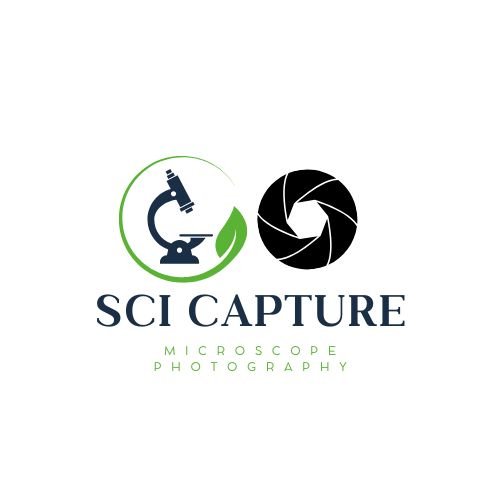
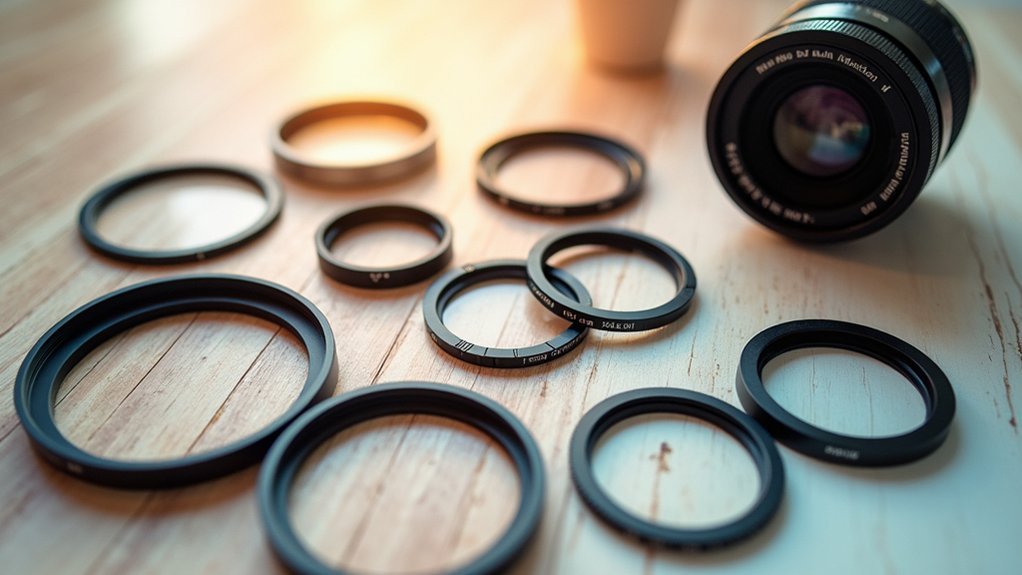
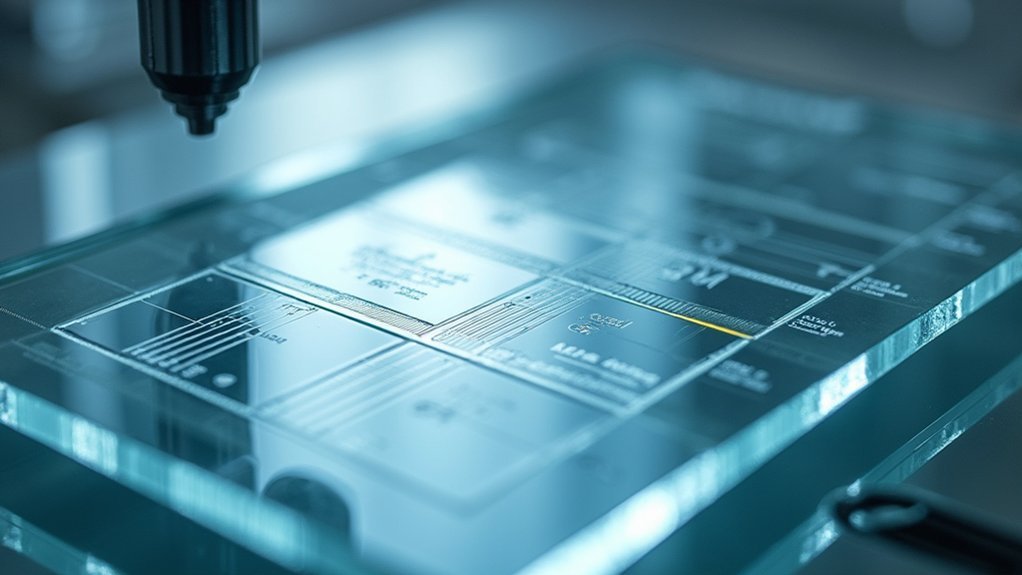
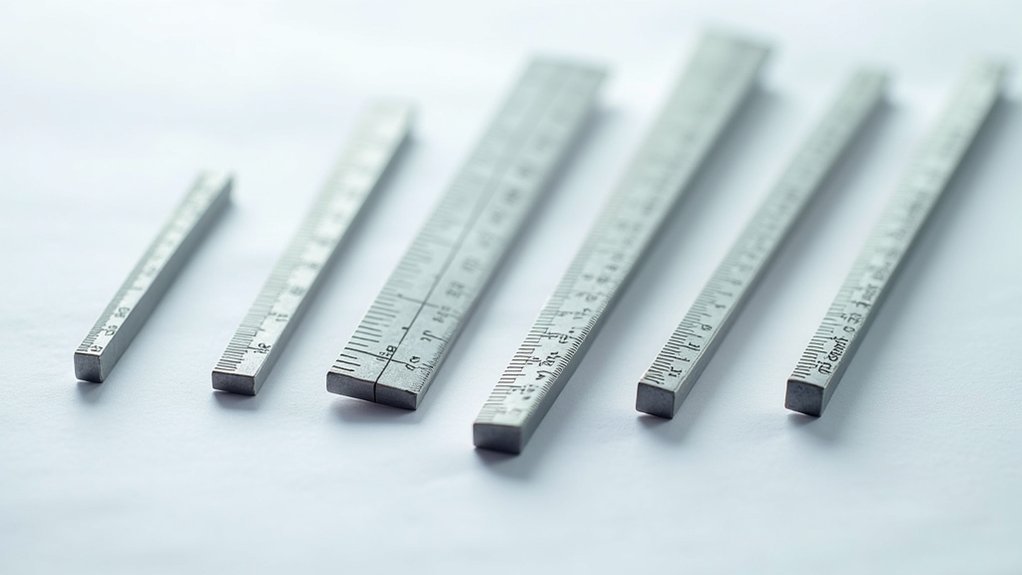
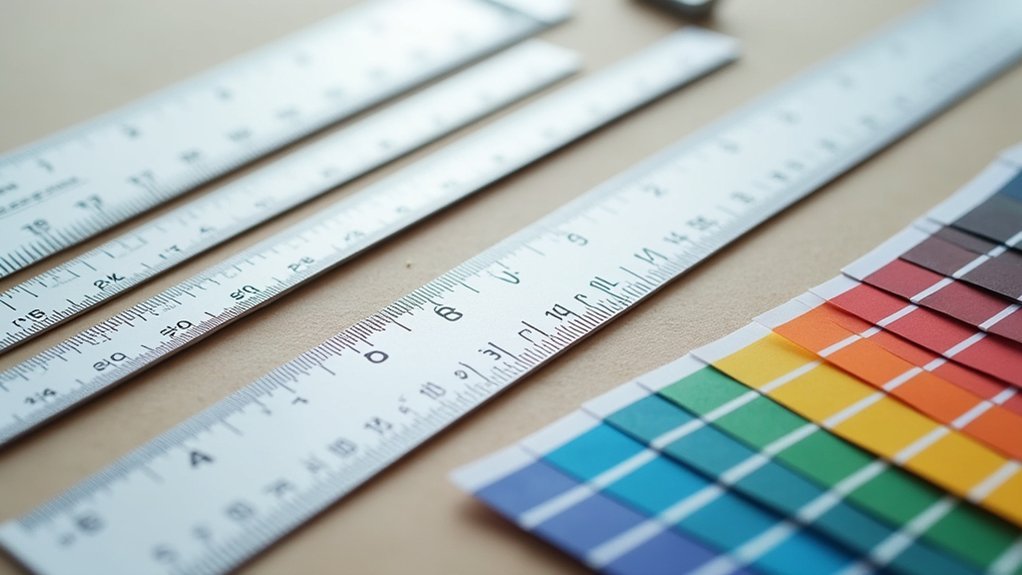
Leave a Reply